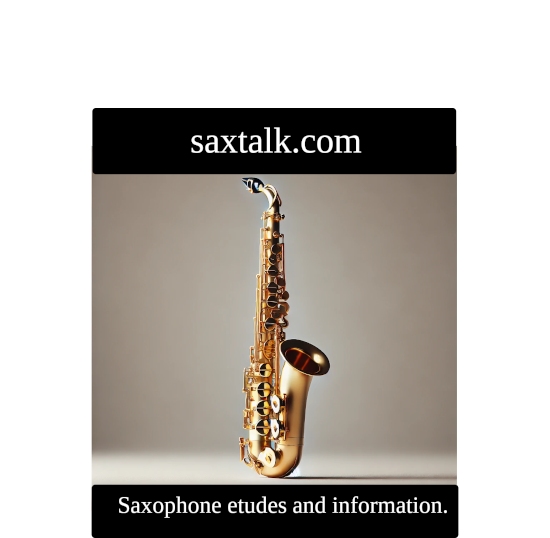The History of the Saxophone
What is the history of the saxophone?
The saxophone, a woodwind instrument, was invented in the early 1840s by Adolphe Sax, a Belgian instrument maker, flautist, and clarinetist. Born in Dinant, Belgium, Sax moved to Paris to advance his career and began working on several instrumental designs.
Early Development
Invention and Patents (1840s): Sax invented the saxophone in the early 1840s. He intended it to fill a gap he perceived in the tonal quality between the brass section and woodwinds. The saxophone combined the powerful sound of a brass instrument with the agility of a woodwind. Sax patented his invention in 1846, outlining a family of 14 instruments divided into two groups, military band saxophones and orchestral saxophones.
Initial Use and Reception: Initially, the saxophone was used in military bands and orchestras, particularly in France. Sax's design was novel and faced some resistance from traditionalists. However, its unique sound helped it gain a foothold, particularly in military bands.
Evolution and Spread
Improvements and Variations: Over the years, the saxophone underwent several modifications. Different types of saxophones were developed, such as the soprano, alto, tenor, and baritone saxophones, each with a distinctive sound.
International Adoption: The saxophone gradually gained popularity in other countries. It became especially prominent in the United States, where it found a place in jazz music, a genre in which it would play a crucial role.
The Saxophone in Jazz
Early 20th Century: The saxophone's popularity in jazz began in the early 20th century. Its versatility and expressive sound made it a central instrument in jazz ensembles.
Iconic Jazz Saxophonists: Legendary musicians like Charlie Parker, John Coltrane, and Stan Getz further popularized the saxophone. They explored its potential in various jazz styles, from bebop to cool jazz.
Modern Era
Continued Evolution: In the 20th and 21st centuries, the saxophone continued to evolve with music. It became a staple in genres beyond jazz, such as rock, pop, and classical music.
Educational and Cultural Impact: The saxophone is now a common instrument in school bands and music education programs. Its distinctive sound and cultural significance have cemented its place in the history of music.
The saxophone's journey from a 19th-century invention to a vital component of various music genres illustrates its versatility and enduring appeal. Its unique sound continues to inspire musicians and captivate audiences around the world.
